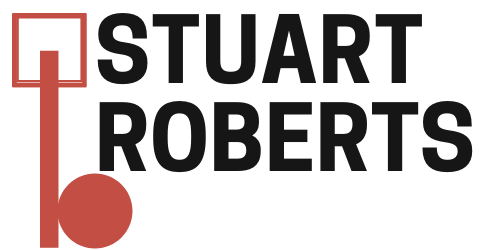I use technology to solve business problems standard systems can't.
Whether you are a small business, your operation is expanding, or you are a technology driven company, solving puzzles is my business. Using my deep knowledge of both business and technology, I find the answers to your burning problems and bring those solutions to life. I use technology to solve business problems standard systems can't.

What Describes Your Company Best?
I come in when a business’ standard technology products don’t work the way they desire. It might be a unique business process, a different user or customer experience, or information to be collected or consumed in a way that doesn’t fit the standard system.
Working with the business and stakeholders including any existing IT providers, I work to understand the problem, taking into account that unique point where the business and technology collide. Then I design and implement the solution that meets the needs of both the user and the information flow.
My genius is in understanding complex problems and distilling them to build a simple solution.
Over the past 25 years I have played this role in software companies who are in the business of selling their own software; technology driven businesses who use technology to help drive their competitive advantage; and businesses from 2 person operations up to many hundreds of employees who want to grow. This includes running our own family business that offers services internationally.
Examples of Previous Problems Solved
Small Business
Lambs alive
Lambs Alive is one of the largest private training programs in Australia. It's aim is to help farmers achieve higher profit and better welfare for the animals and themselves.
A key challenge for Lambs Alive was how to easily collect flock statistics from members, used to calculate lamb survival rates. Historically done on paper or in isolation using spreadsheets, the process had to be simple enough to work for farmers who are often time poor, have limited internet coverage and sometimes limited previous exposure to technology.
Using a simplified data entry form to mask the complexities behind the data, the results are presented back to the farmer in a way that informs their decision making on a day to day basis.
The solution allows the data to also be collated from farms across Australia, enabling comparisons to previous years, within regions, or sheep breed so insights and trends can be drawn from the national flock.
Technology Driven
eNett
eNett is a leading provider of B2B payments solutions for the travel industry worldwide. eNett were recently acquired by WEX Inc.
In the earlier years of rapid expansion, the business faced the challenge of how to profitably enable the authorisation, settlement and refund of around 3 million credit card transactions per day (the largest payment hub in the Southern Hemisphere), whilst still maintaining the highest possible security of card and card holder data.
The solution involved removing or bypassing the commonly used third party payment processing gateways, and integrating directly with MasterCard, American Express, Discover / Diners and UATP.
Creating the ability to authorise and eventually settle directly with the credit card companies involved meant transaction fees were significantly reduced. At significant scale this added up to a profitable financial solution.
By integrating directly with multiple credit card programs, the solution is able to reroute authorisations through alternative connections if direct connectivity issues are identified.
Expanding Ops
Australian defence force Pharmacy
The ADF maintains many separate stores and databases of pharmaceutical inventory due to their geographic spread across Australia and mobile / deployable installations such as onboard Navy ships and in crisis impacted areas such as East Timor during UN liberation.
Complete centralisation of this data was not possible due to unreliable network connectivity, or as in the case of deployed systems, connectivity only being available for short periods of time.
The solution involved developing a system of updating inventory data that can be triggered from the remote location or base ("pull updates") or from a centralised location ("push updates") as needed. This allowed for better management of inventory, maximising volume discounts with suppliers and allowing pharmaceutical dispensing records to be available for ADF personnel regardless of the location of their posting and how often that changed.
